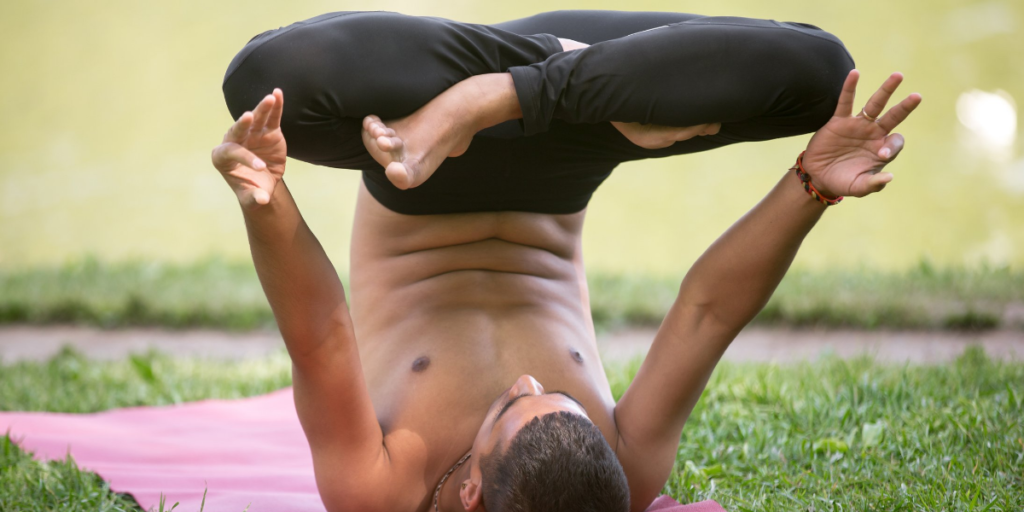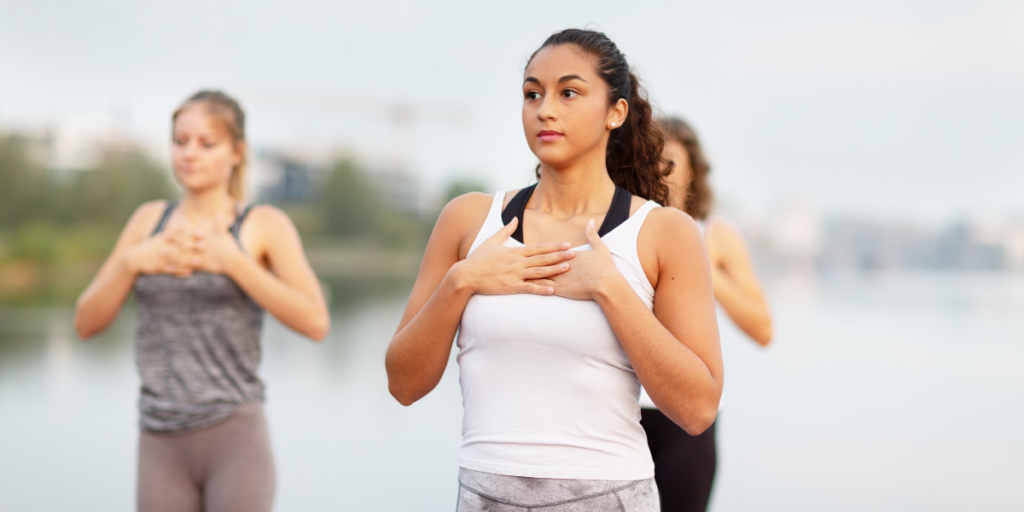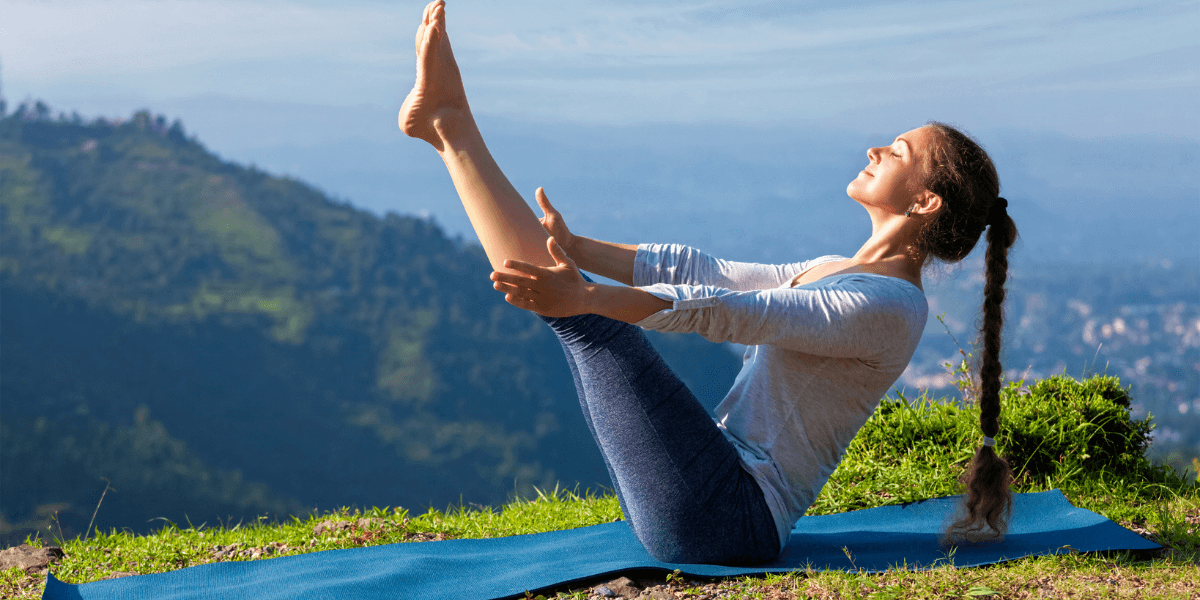Physical activity and exercise have several health advantages. However, for individuals who have lung illness, a standard workout can be tough, and without the help of a health expert, it can even be dangerous.
You may increase your physical strength and keep your emotional energy in check by doing moderate, breathing-based activities like tai chi or yoga. These exercises not only enhance lung health and capacity, but they can also help people manage the stress, worry, and sadness that come with lung illness.
Below are a few mild exercise recommendations that some people with lung illness find beneficial to their physical and mental well-being.
The Lung Health Benefits of Yoga
Yoga has a long list of health advantages, including stress alleviation, reduced blood pressure and heart rate, and weight loss, to name a few. The basic act of breathing, on the other hand, is at the heart of yoga practice.
One of the most important aspects of yoga practice is pranayama, or breathing practices. These strategies can assist you in controlling your breathing and teaching you how to make better use of your lungs. Breathing exercises can be done on their own or in conjunction with yoga positions or postures.
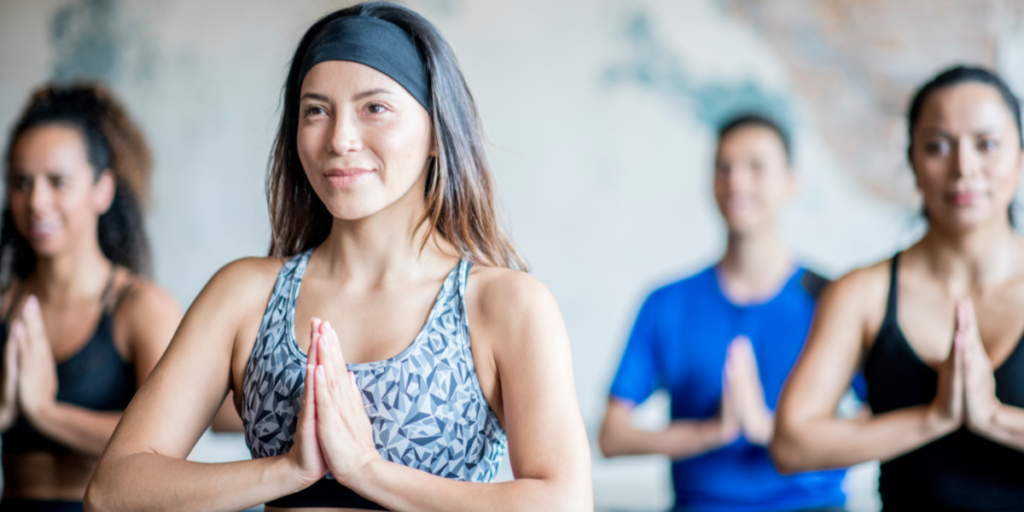
Mindful Breathing
Basic yoga positions can help you increase your energy and develop your muscles, but it’s vital not to force yourself into a stance if you’re not comfortable with it. Beginners should take it slowly and avoid any positions that impede breathing, especially if they have a lung ailment. Before beginning any type of exercise, including yoga, it is essential to seek medical advice. If you do decide to take a yoga class, be sure the instructor is properly trained and understands your needs. Many programs are designed particularly for persons who have been diagnosed with health problems.
Meditation on the Move
Tai chi is a low-intensity workout that focuses on gradual motions and postures while focusing on breathing. This sequence of motions is performed in a continuous motion that is easy on the joints and puts little strain on the muscles. The technique is also referred to as “meditation in action” by others. It may be done alone, but it’s more efficient if you have a teacher at your side observing your movements. If you need to utilize oxygen or inhalers during your practice, keep them close by.
To strengthen the chest muscles and enhance the health and function of the lungs, try these yoga postures:
Easy Pose (Sukhasna)
In the case of lung abnormalities, Sukhasana is critical. It increases blood flow to the lungs while also flushing dangerous pollutants out of the lung muscles.
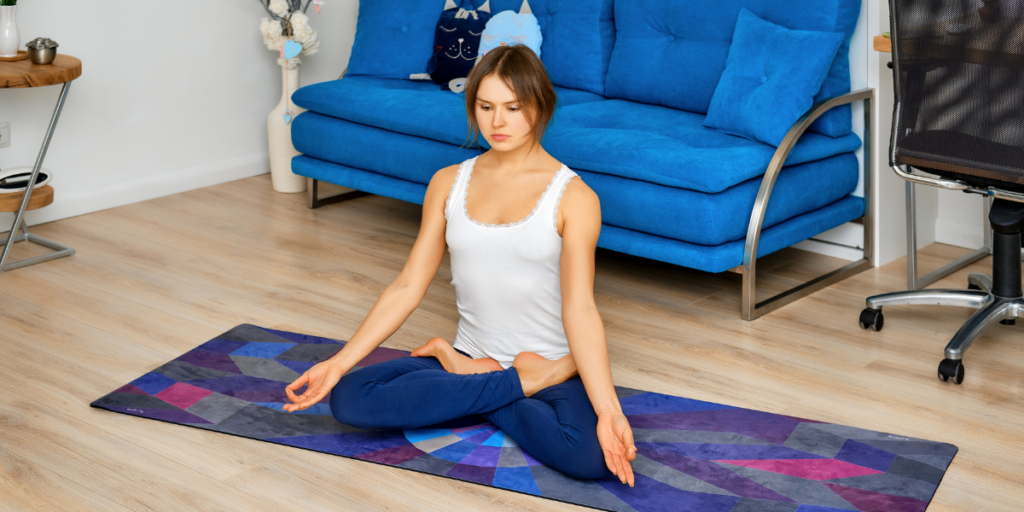
Cobra Pose (Bhujangasana)
The cobra posture increases mental tranquility while also strengthening the intellect and stretching the chest and lungs. It also relieves sciatica pain, strengthens the spine, and relieves asthmatic symptoms.
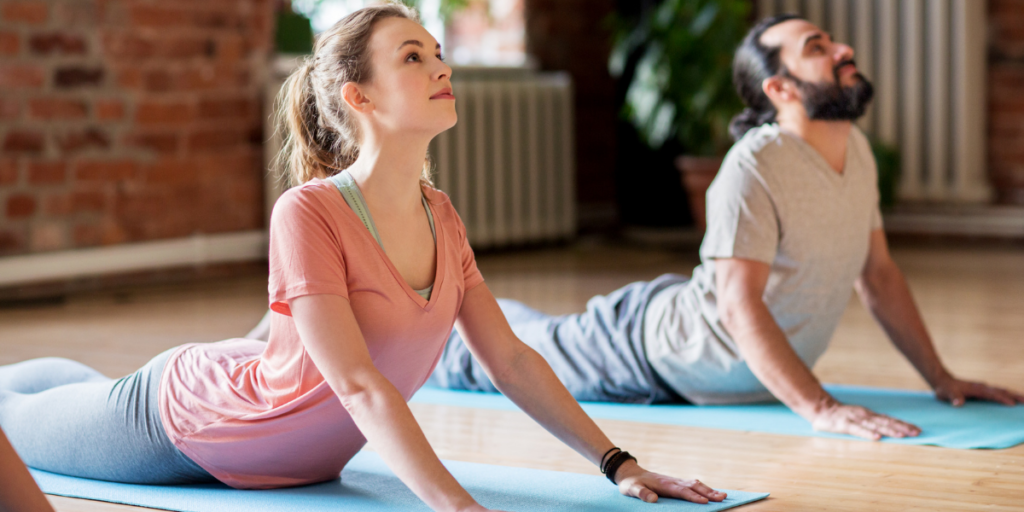
Fish Pose (Matsyasana)
The Fish pose, often known as the “Destroyer of All Diseases,” encourages deep breathing by stretching and strengthening the lung muscles. It also helps to maintain bodily equilibrium and improves blood circulation and distribution throughout the body.
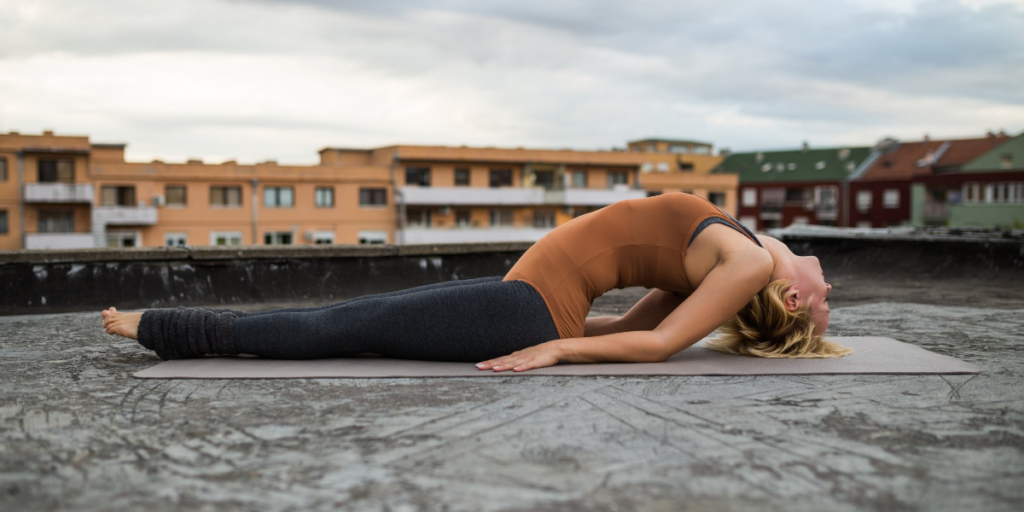
Lotus in Shoulder Stand Pose (Padma Sarvangasana)
The inverted Lotus posture aids correct chest expansion and lets breath move more easily to the lungs. Twisting the upper body works as a massage for the internal organs, which helps the body expel toxins more effectively. It also strengthens the reproductive and neurological systems and promotes balance.
